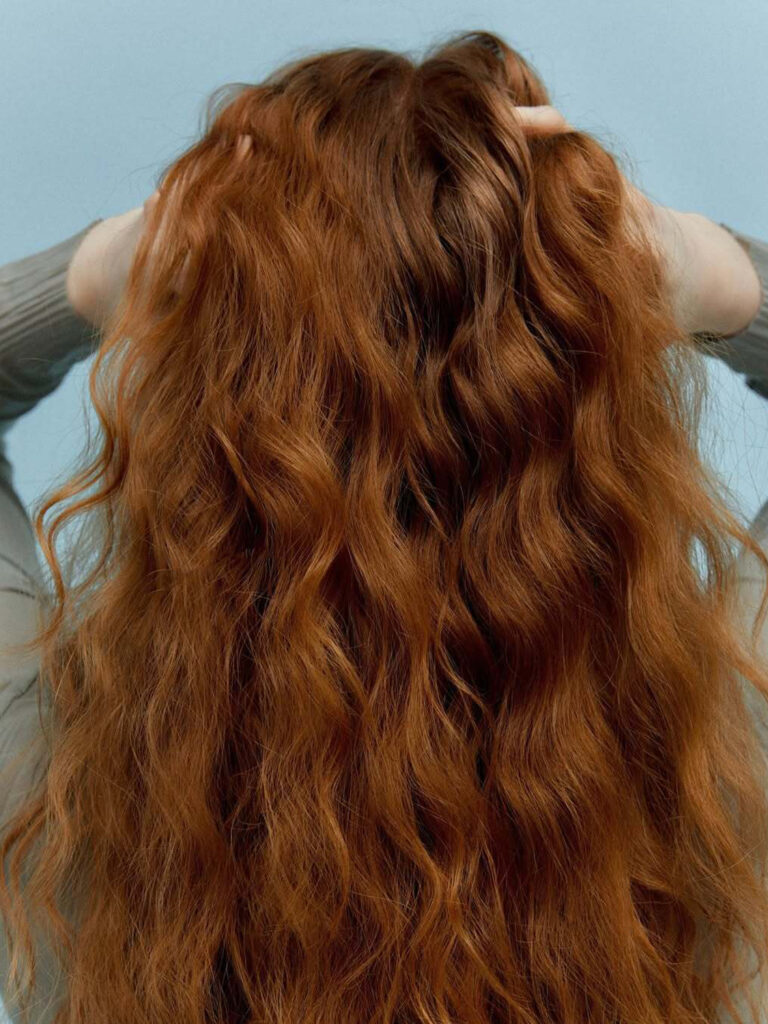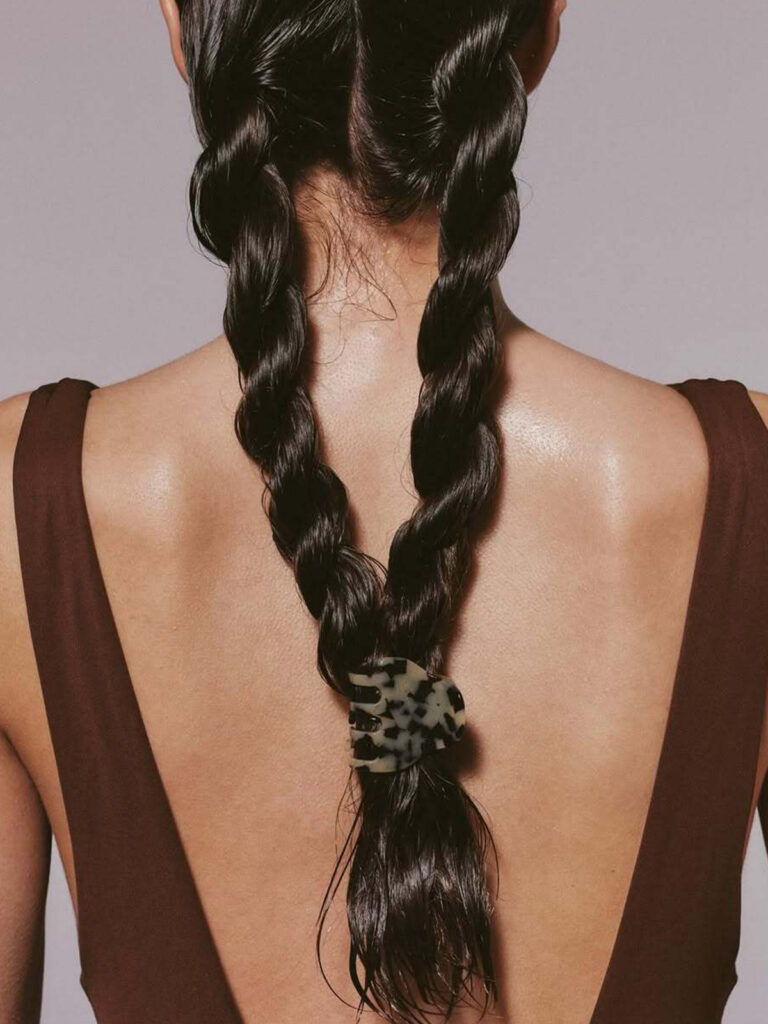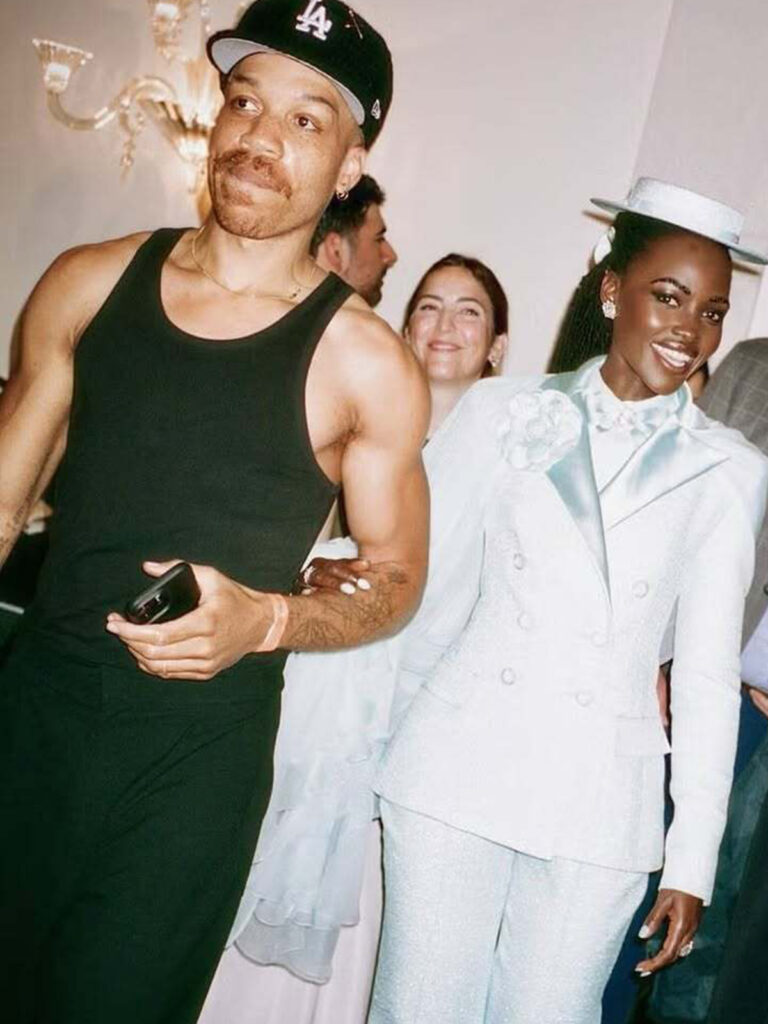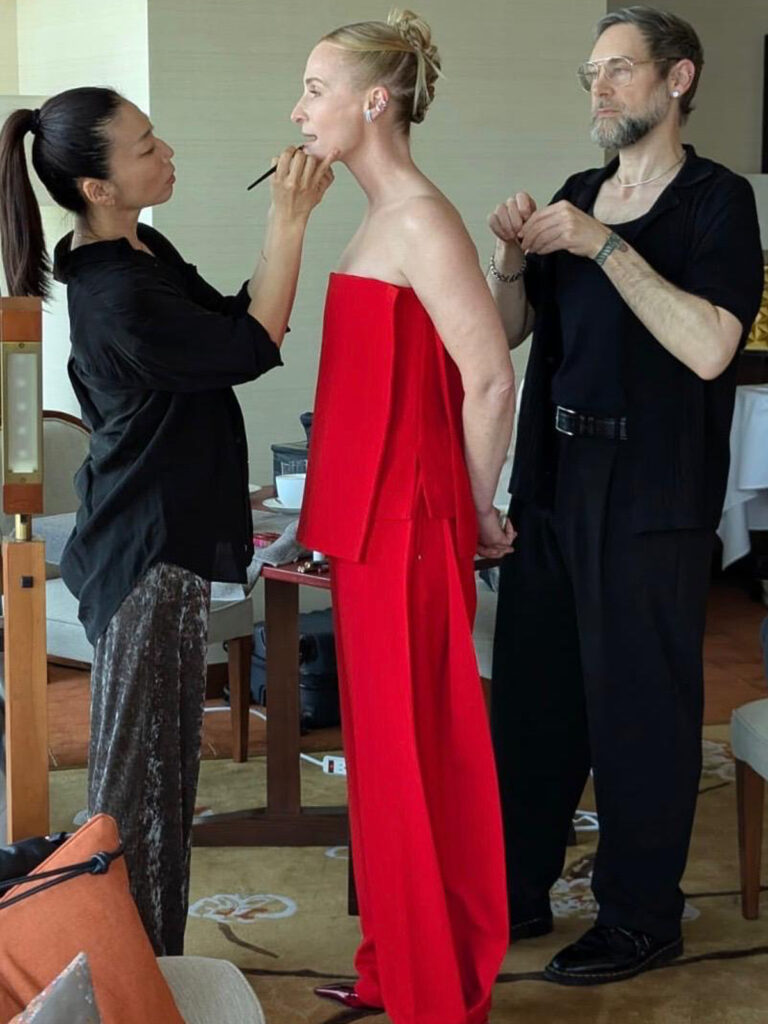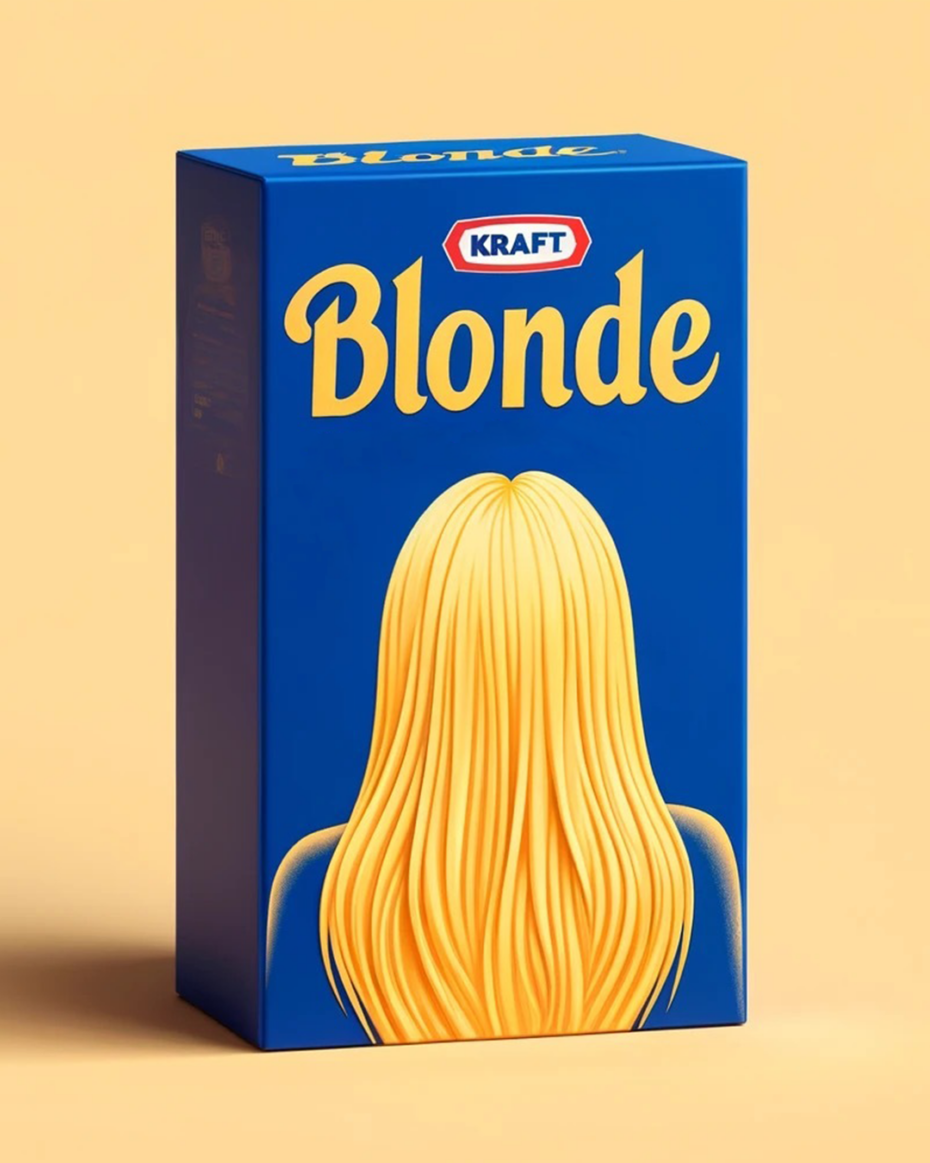
Image: AI generated
Stories
Confessions Of A Kraft Blonde
Marilyn Monroe, Madonna, Pamela Anderson, Margot Robbie… The world loves a bombshell blonde. Cristiane Çorluhan reflects on the allure of blonde hair, sharing her own journey of color experimentation and discovering that every shade of blonde tells a unique story of identity and empowerment.
Text Cristiane Çorluhan
It is a truth universally acknowledged that Turkey loves blondes. And I mean blonde blonde: showstopper blonde, stripped and bleached and then recolored to an almost orange blonde, Mac and Cheese blonde. A Kraft blonde, if you will (Pantone, call me, have I got a color pitch for you).
Turkey does not pussyfoot around with gray blondes, ice blondes, latte blondes, and any other infinite number of edible yellows, although they walk among us. They want the full, rich, creamy blonde of American cheddar cheese. And they look beautiful wearing it. I see their hair cascading down their lithe necks, waves of light amber, perfectly coiffed at lunch in Nişantaşı or rustling like whispers in the wind as they saunter along the Bosphorus.
I’m not mocking the color – I’ve been a Kraft Blonde several times. It was at one point, like for many a woman, a point of desire and ambition to be so blonde. My natural hair, once a light brown with golden streaks, not as lovely as my son’s, always elicited a compliment. It would turn dull dishwasher blonde in the winter, golden in the sun, and gray blonde in too much sun. At twelve, I would make chamomile tea and douse my locks, sitting expectantly under the sun. There were lemons streaked across my strands, natural leave-in sprays, and all and other recipes gleaned from the treasure trove of teen mags from the early 2000s (magazines that both advocated self-love and acceptance and tips on how to change yourself to “catch his eye radically”: CosmoGirl, Seventeen, and Teen Vogue).
What was – is still – our obsession with blonde?
Blonde is power, sex, and money. It’s glamour and desire. It yields a seduction so intense that people would go to great lengths to become a golden goddess, like caking on pigeon shit and horse urine in their tresses (makes our lemon soaking look tame by comparison, eh?). It’s Nordic and Roman goddesses and silver-screen blonde bombshells. It’s inspired sonnets, songs, statues, and many a Playboy Playmate. It beckons men to your door and invites them into a fantasy. It’s iconic and moronic. It demonstrates a luxurious lifestyle: there’s considerable and expensive upkeep to stay Brigitte Bardot blonde, to eradicate roots and brassiness. But it is also choice and agency, a decision to make a statement about the self. It’s your chosen narrative, the story you tell the world about yourself. Cool confidence, sheer sexiness, punk prowess or elegance a la Capote’s Swans.
As I got older, I cut and dyed, bleached, and blow-dried, playing with all the possibilities of blonde available (and some black, some pink, some orange…who am I to discriminate?). In college, I dyed my long, natural hair in the dorm, turning it into an almost strawberry blonde. It didn’t seem enough or enough of a change for the new identity I was going for. I went to a salon in suburban Pennsylvania and asked them to chop off the last four years of my high school life. It was shoulder length, a cool blonde that looked comical with my dark, arched eyebrows. I promised I would never do it again.
I would do it again, many, many times.
Ironically, or perhaps as rebellion, my light brown hair became much darker, more resistant to the blonde fight. It held up against numerous tones, in varying lengths, through many purple shampoos and split ends. Sometimes, it looked good; sometimes, it looked ghastly. Sometimes, I couldn’t stop looking at myself in the mirror; sometimes, just thinking about it made me cry. I always turned blonde(r) when I needed to reassess or reconfirm my identity: to be the cool “writer” and English lit major at college while simultaneously “displacing the notion of a woman at an all-women’s college”; to be a pleasant and personable wealth management adviser in NYC; to better fit the “Brazilian siren” notion in everyone’s head (“it’s all soccer, sex, and samba anyway, isn’t it?”); to feel more attractive to the opposite sex, or compensate for some kilos gained or masked the hormonal acne, and the list goes on…it’s the same list you have, the same identities you deconstructed and reconstructed.
The first time I dyed my hair in Istanbul, I was already pretty blonde, thanks to my stylist in New York. At the hands of the delightful Bahattin at the OG Erdem Kiramer, I became Kraft Blonde. Istanbullites loved it, cooed that I looked so beautiful, fresh-looking, and Turkish. I smiled demurely, sometimes agreeing, but I often looked at my head and thought: I could go for some macaroni and cheese. I wasn’t feeling like Marilyn Monroe; I was feeling hungry. Hungry for someone that I couldn’t see in the mirror anymore. I had the blue box blonde blues.
Over the years, we weathered many a blonde storm together: me insisting in more natural, more doğal, him insisting in even more unnatural, more yellow. We eventually found a good middle ground, and I was a more natural blonde at my wedding. An Annie’s Organic Mac and Cheese, if you will. My husband loves blonde hair (he is Turkish, if you didn’t guess). I let Bahattin lead me through the labyrinth of blondes, a few highlights of goldenrod creeping slowly into near platinum brightness, waning back to small swells in a sea of chestnut. He would run his fingers through it, like counting pirate treasure.
After I had my son, I decided I didn’t want to be blonde. I didn’t want to continue my pursuit for the perfect golden hue. I didn’t want to spend hours at a salon, channeling alien communication satellites with my aluminum foiled head, worrying about the always imminent dark roots bound to come and play peekaboo out about three days after dying. I didn’t want the commitment or attention it required. Lost in the fog of identity that inevitably comes after new motherhood, I just wanted to be me. I just wanted to be able to exercise some control over what seemed like the uncontrollable wetness of everything around me: blood, milk, vomit, tears, and urine. Over the windowless dimensions of lack of sleep, guilt, fear, and loneliness. I let my hair grow long again, in its natural color. I lost myself in its length, tangles, and smell. I would drape it over my son’s face, hiding and appearing, stroking his cheeks with it, inhaling him in the cocoon of myself.
This isn’t to say I won’t be blonde again, in the many iterations the hue can offer, but it means I don’t yearn for it like I used to. I don’t let others, society, or boredom poke and seduce me into it. I’ll do it if I feel like it, to complement myself and how I feel, and not to hide something or placate an inadequacy. Today, I let my short, brunette French bob sway against the nape of my neck, content in myself.


